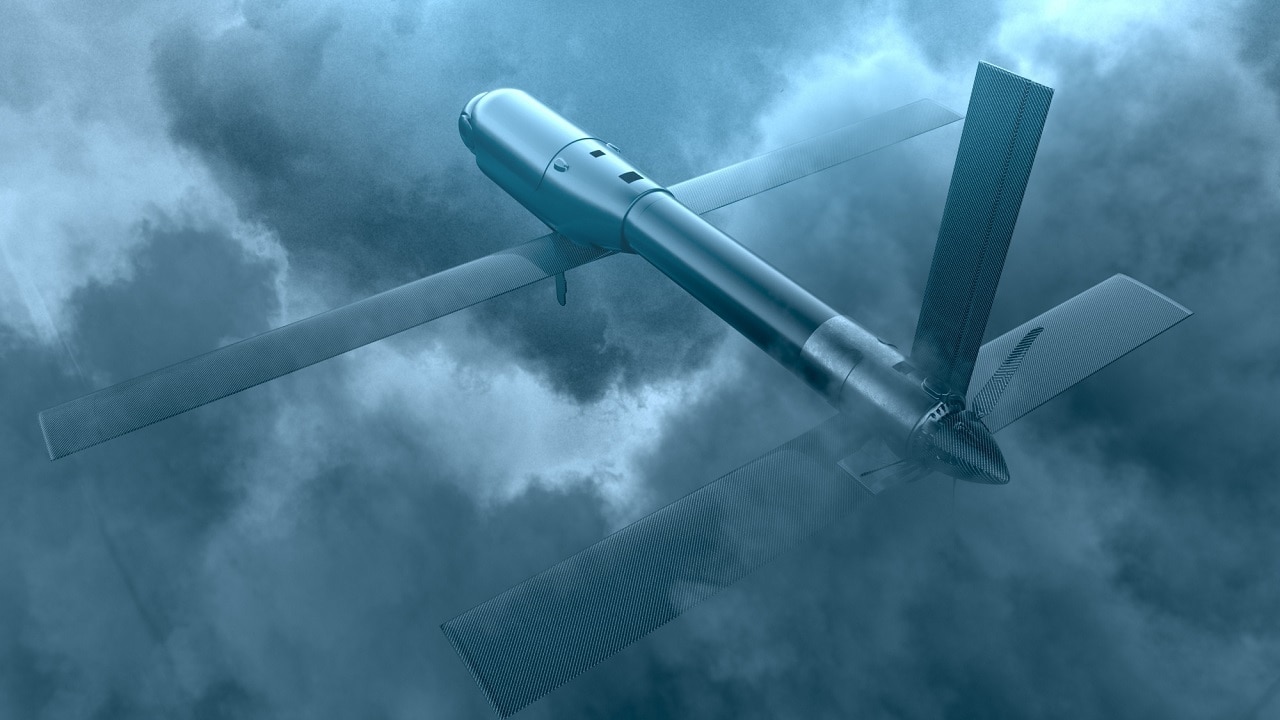U.S. Air Force ‘Ghost’ Drone Set to Be Transferred to Ukraine to Harass Russian Forces – A new drone designed to terrorize Russian forces is on its way to Ukraine. The “Phoenix Ghost” unmanned vehicle is already turning heads after the Pentagon announced it was part of a larger $800 million military assistance deal for Ukraine. One hundred twenty-one Phoenix Ghosts will soon be in the hands of Ukrainian forces.
Another Kamikaze Drone
While details are scarce on the Phoenix Ghost it appears to be similar to the Switchblade “kamikaze drone.” This is a loitering munition that can fit in a soldier’s ruck. The smaller Switchblade can attack personnel while the larger model can take out tanks and armored vehicles.
Defense Contractor May Have a Hit On Its Hands
The Air Force had already been developing the Phoenix Ghost before the invasion and engineers apparently sped up manufacturing for their use in Ukraine.
The drone is made by Aevex Aerospace of California, a relative newcomer to defense contracting that emerged in 2017. Aevex, with 500-employees, has additional offices on the east coast along with a flight test area in New Mexico. The company specializes in low-weight LiDAR sensors for its drones.
Is it Better Than the Switchblade?
The Phoenix Ghost is believed to have longer loitering times compared to the Switchblade. The Ghost can fly at night with vertical takeoff and is able to travel over six hours to find targets.
Lt. Gen. David Deptula, Dean of the Mitchell Institute for Aerospace Studies and member of the Aevex board, told Politico that “this drone is a different type of aircraft, it’s a one-way aircraft that is effective against medium armored ground targets,” he said.
Easy to Fly
Like the Switchblade, the Phoenix Ghost is straightforward to use. It is a one-shot, one-kill and not designed to be recovered. If operators can master the Switchblade loitering munition they should have no problem with the Aevex model. This will be a critical piece of asymmetric warfare to help stymie Russian armored attacks in the Donbas region.
Pentagon spokesman John Kirby said, “The Air Force was working this, and in discussions with the Ukrainians about their requirements, we believed that this particular system would very nicely suit their needs, particularly in eastern Ukraine.”
Modern Warfare Calls for Suicide Aerial Vehicles
The use of kamikaze drones is a significant development in modern warfare. They punch above their weight and are easy to transport. Switchblades and Phoenix Ghosts can be carried by Ukrainian special operations forces and infantry to serve as a force multiplier. They are good supplements to Javelins and other anti-tank weapons for better ambushes of Russian armor.
Part of a Larger Plan
Ukrainian fighters in the Donbas region are probably planning to lure Russian tanks into “kill zones” by denying access to minefields and other obstacles. Soldiers can be ready to launch Phoenix Ghosts or Switchblades and then have them loiter over the ambush area. Then the drones will dive down to the target.
There Could More Where That Came From
Since Aevex Aerospace was able to supply 121-Phoenix Ghosts, the company looks like it has ramped up production. Lessons learned from the battlefield can also aid in manufacturing as the firm adjusts sensors and other flight characteristics to blast Russian armor.
Suicide and swarming drones should give the Russians headaches. These are lightweight, low-cost, flying bombs. It will be interesting to see whether warheads are large enough to menace enemy tanks, but they should be able to harass troops in the open. This could give the Ukrainians a critical edge as the second phase of the war in Ukraine ensues.
Now serving as 1945’s Defense and National Security Editor, Brent M. Eastwood, Ph.D., is the author of Humans, Machines, and Data: Future Trends in Warfare. He is an Emerging Threats expert and former U.S. Army Infantry officer. You can follow him on Twitter @BMEastwood.

